PINKYS LOCK FINISH DIFFERENCES
| Pinkys Lock Black | vs. | Pinkys Lock Brass |
 |
 |
WESLOCK FINISH DIFFERENCES
| Weslock Molten Bronze | vs. | Weslock Elegance |
 |
 |
WESLOCK COLORS
|
|
|
 |
 |
Inspired by the peaceful flow and strong rapids of the river, the Pinky's Iron Doors River iron door pull handle is prominent and smooth at the same time. This is handle certainly has a bold presence. The twisted details of the handle make it extremely original and add just the right amount of texture to this carefully crafted piece of iron hardware. The ends of this handle reflect the meticulous scrollwork of many of our iron door designs. At Pinky's Iron Doors, all of our door handles are carefully designed and intricately crafted to meet your high standards for quality and craftsmanship, while adding to the aesthetic appeal of your Pinky's iron door.
Type
Our dual pane tempered glass doors come with 1” T-Bar

Low E (Clear - completely see-through glass)
- Completely see-through glass design
- It has mirror glass affect depending on sun angle

Frost/Sandblast
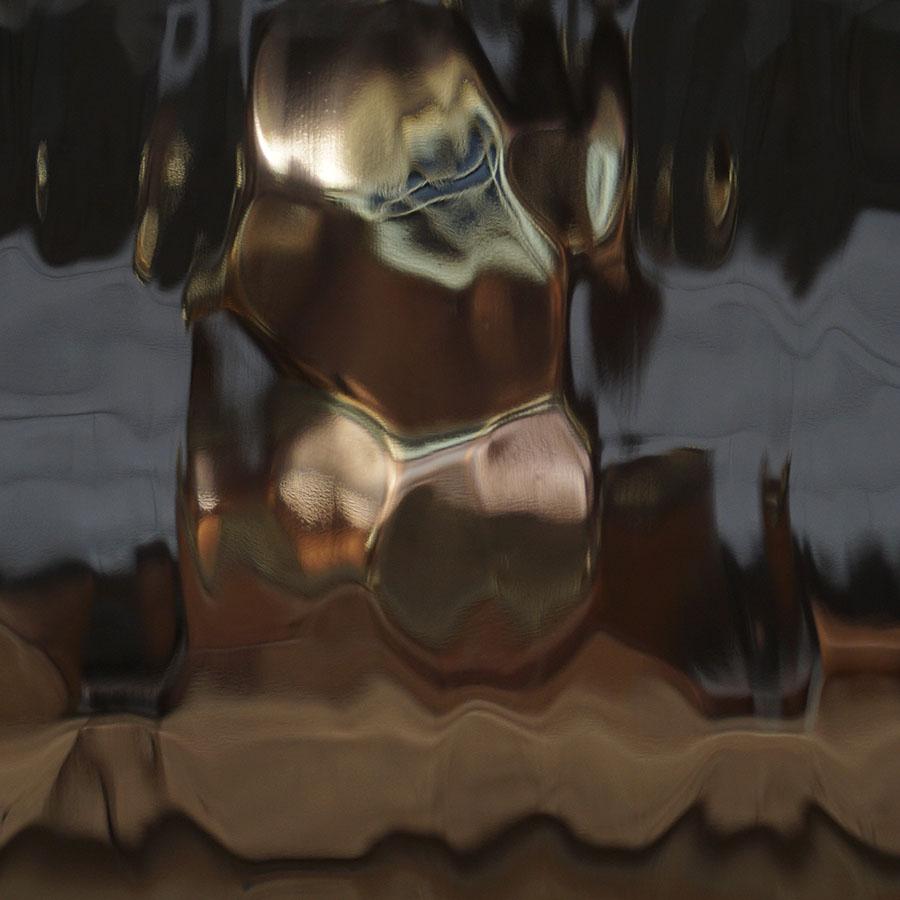
Flemish

Rain

Aquatex
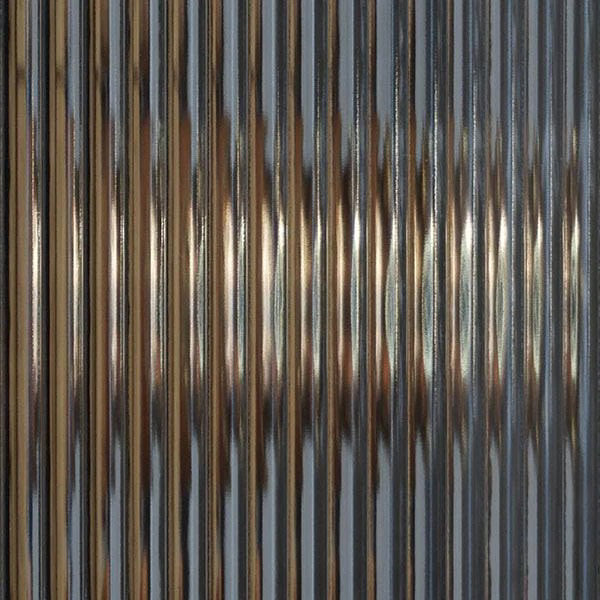
Ribbed
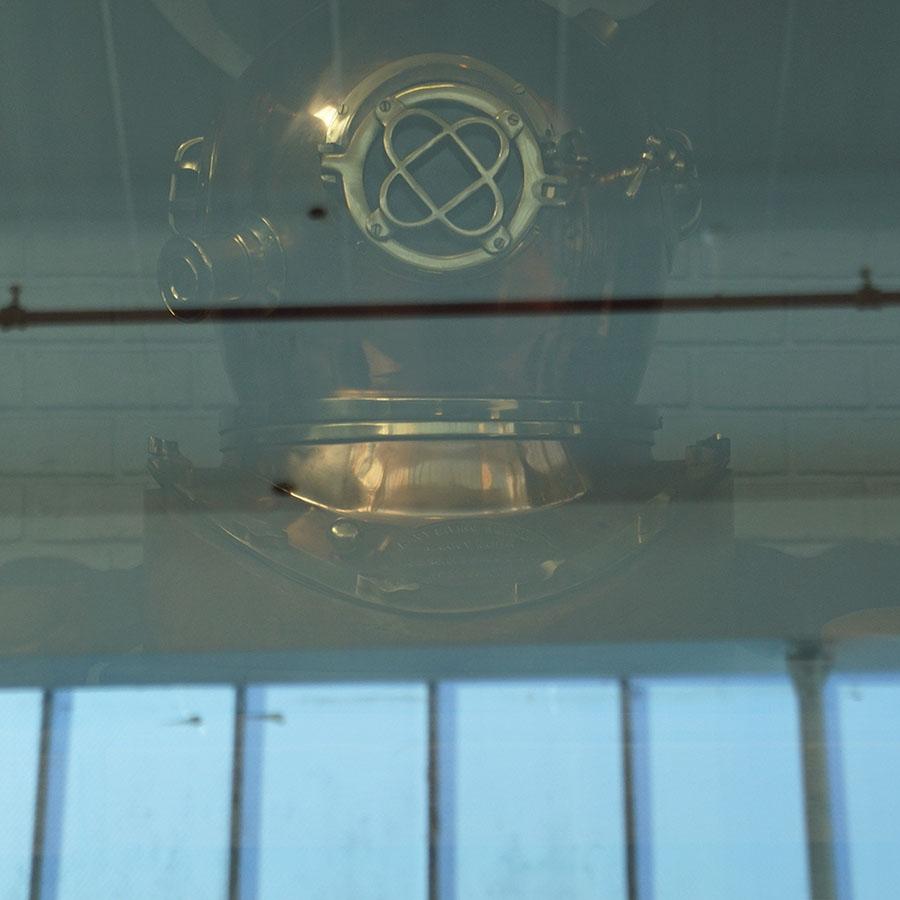
Ford Blue
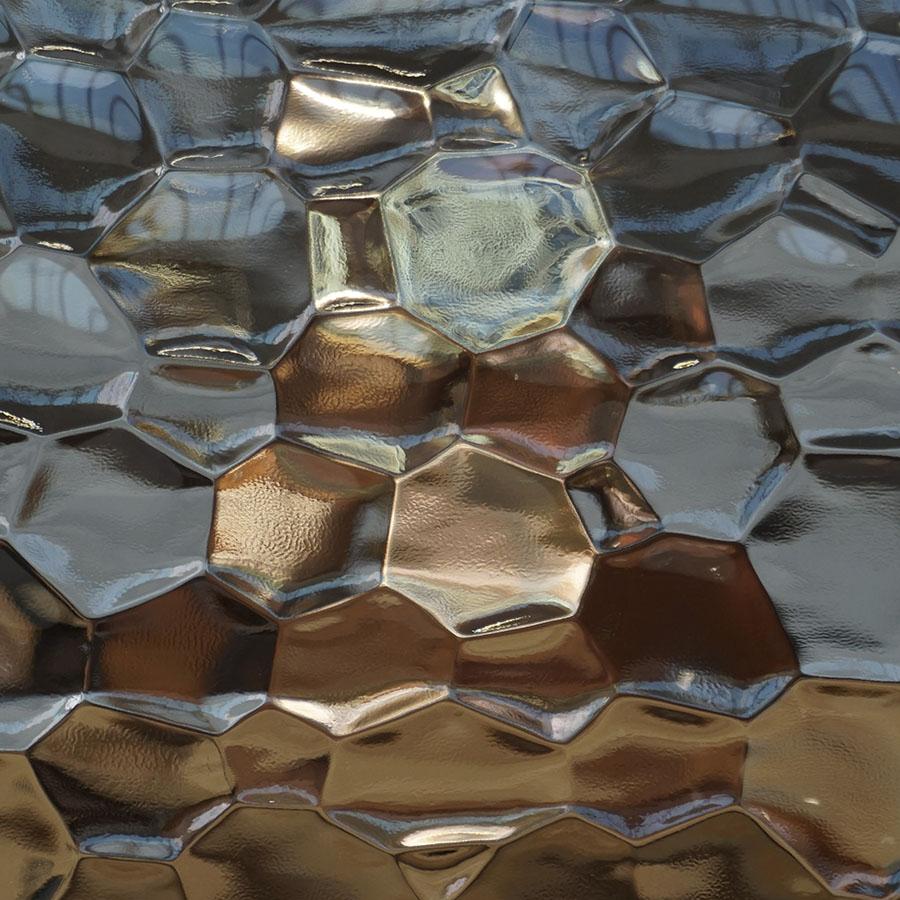
Watercube

Wood

Diamond
JAMB
- Jamb is included and packaged separately from the door.
- Jamb is constructed with 12 gauge tube (above industry standard).

Polyurethane Foam Core is filled in the jamb for greater insulation.

Threshold: Steel threshold is included and it comes welded on the jamb.
In Swing Threshold:
- Thickness or height from the back interior side: 1 1/8”
- Thickness or height from the front exterior side: 1/2”
- Width or Depth: 6”

Out Swing Threshold:
- Thickness or height from the back interior side: 1 1/4”
- Thickness or height from the front exterior side: 1/2”
- Width or Depth: 6”

Brackets: Tabs come welded on jamb with pre drilled holes to allow for easy installation.

Hinges: Steel weld on bullet hinges with grease fittings come welded on jamb and door. Allows customers to comfortably open our doors, but yet feel that quality with each and every use. We use welded steel bullet hinge with copper crush washer instead of a ball bearing hinge because ball bearings are made out of stainless steel (hard material) and the hinges/doors are made out of steel (softer material) which over time causes the hinge to wear. With copper crush washers, the washer is the soft point and they are easily replaceable over time if needed.
If you choose to purchase your hardware/lockset from a third party vendor, please make sure to provide them with the following specifications to ensure that your desired lockset will be compatible with our doors.
| Bore hole size: | 2 1/8” |
| Back set: | 2 3/4” |
| Center to center: | 5 1/2” |
| Door thickness: | 2” |
- In stock single doors come with two pre drilled bore holes (one active lock needed) unless if otherwise specified.
- In stock double doors come with two pre drilled bore holes on each door (one active lock and one dummy lock needed) unless if otherwise specified.
- Locks purchased from PINKYS do not come installed on door upon delivery or shipment. The reason for this is that it may get damage during the delivery or shipment process. The installer will need to install the lock after the door installation is complete.
Bore Hole:

A bore hole is the doorknob hole that is drilled on the face of the door with a hole saw. The hole is drilled halfway through from each side. The hole saw is also used to drill the cross bore otherwise known as the latch hole. Both doorknob hole and latch holes come completed and drilled with every in stock order to help your installer install the lock at ease.

Center to Center:

The vertical distance measured between the center-points of the two bore holes. In other words, it is the measurement from the middle of the top bore hole to the middle of the bottom bore hole. This measurement is used to determine where a bore for the deadbolt is located above the bore for the latch. This information is important to help our customers purchase the correct compatible lock if you choose to purchase them from an outside hardware store. We have already done the homework for you by specifying the PINKYS locks that are compatible with your door if you choose to purchase the locks from PINKYS.
Back Set:
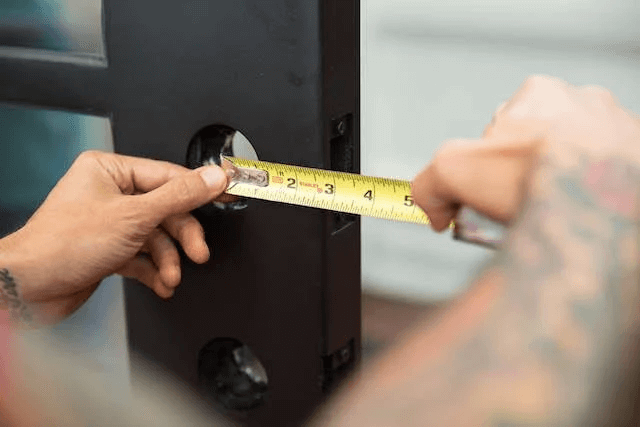
The backset is the distance from the edge of the door to the center of the 2-1/8” bore hole. The back set measurement is important to help our customers purchase the correct compatible lock with the correct latch size. We have already done the homework for you by specifying the PINKYS locks that are compatible with your door if you choose to purchase the locks from PINKYS. Our customers do not have to purchase the locks from PINKYS, you may purchase the locks from any local hardware store of your liking.

Door Thickness

REMOVABLE BUG SCREEN

SEE IT IN ACTION
IMPORTANT NOTE
the design of the door may alter or change to accommodate for the screen (most common example will be that of the designs with knuckles).
HOW OUR PRODUCTS ARE MEASURED
Our sizes are measured from outside of jamb to the outside of the jamb. For example, a 72” x 96” door listed on our website means that 72” is the width from outside to outside of jamb (not the actual width size of the door) and 96” is the height from outside of jamb to bottom of our built in steel threshold (not the actual height of the door).
We recommend the rough opening of the WIDTH to be 1/2” to 1” wider than the door size ordered to give the installer enough room to comfortably position the jamb into place and have enough room to make sure the jamb is leveled.
We recommend the rough opening of the HEIGHT to be 1/2” to 1” wider than the door size ordered to give the installer enough room to comfortably position the jamb into place and have enough room to make sure the jamb is leveled.
ROUGH OPENING
Our sizes are measured from outside of jamb to the outside of the jamb. For example, a 72” x 96” iron door listed on our website means that 72” is the width from outside to outside of jamb (not the actual width size of the door) and 96” is the height from outside of jamb to bottom of our built in threshold (not the actual height of the door)
We recommend the rough opening of the WIDTH to be 1/2” to 1” wider than the door size ordered to give the installer enough room to comfortably position the jamb into place and have enough room to make sure the jamb is leveled.
We recommend the rough opening of the HEIGHT to be 1/2” to 1” wider than the door size ordered to give the installer enough room to comfortably position the jamb into place and have enough room to make sure the jamb is leveled.
The Types of Door Swing
Double Doors
Facing the door, while standing on the exterior of your space, the right door will be your main active door. This door will have its hinges on the right interior side, and will swing towards the interior of your space, from left to right.
The left door, while standing on the exterior of your space, will be your inactive door. This door will have it’s hinges on the left interior side, and will be locked into the frame via flush bolts on both the top and bottom of the doors edge. Disengaging these bolts will allow your inactive door to swing towards the interior of your space, from right to left.

The right door, while standing on the exterior of your space, will be your inactive door. This door will have it’s hinges on the right interior side, and will be locked into the frame via flush bolts on both the top and bottom of the doors edge. Disengaging these bolts will allow your inactive door to swing towards the interior of your space, from left to right.

Facing the door, while standing on the exterior of your space, the right door will be your main active door. This door will have its hinges on the right exterior side, and will swing towards the exterior of your space, from left to right.
The left door, while standing on the exterior of your space, will be your inactive door. This door will have it’s hinges on the left exterior side, and will be locked into the frame via flush bolts on both the top and bottom of the doors edge. Disengaging these bolts will allow your inactive door to swing towards the exterior of your space, from right to left.

Facing the door, while standing on the exterior/outside of your space, the left door will be your main active door. This door will have it’s hinges on the left exterior side, and will swing towards the exterior of your space, from right to left.
The right door, while standing on the exterior of your space, will be your inactive door. This door will have its hinges on the right exterior side, and will be locked into the frame via flush bolts on both the top and bottom of the doors edge. Disengaging these bolts will allow your inactive door to swing towards the exterior of your space, from left to right.

WHICH LOCK SET DO I NEED?
If you are ordering a single door - you only need (1) Active Lock.
If you are ordering a double door - you need (1) Active Lock & (1) Dummy Lock.

WHAT IS THE DIFFERENCE BETWEEN AN ACTIVE LOCK AND A DUMMY LOCK?
Single Doors
- Require an Active lock only.
Double Doors
- Require an Active lock, which is your locking hardware, to be installed on your active door or the door that is used most often.
- Require a Dummy lock, which has no mechanical latch mechanism, to be installed on the secondary door.
- Dummy locks do not function - the main purpose of a dummy lock is for aesthetic purposes only.
KW1 cylinder and keys included. Schlage hardware sold separately.
Interior Knob Shape
| Round | Oval |
|
|
|
WHICH LOCK SET DO I NEED?
If you are ordering a single door - you only need (1) Active Lock.
If you are ordering a double door - you need (1) Active Lock & (1) Dummy Lock.

WHAT IS THE DIFFERENCE BETWEEN AN ACTIVE LOCK AND A DUMMY LOCK?
Single Doors
- Require an Active lock only.
Double Doors
- Require an Active lock, which is your locking hardware, to be installed on your active door or the door that is used most often.
- Require a Dummy lock, which has no mechanical latch mechanism, to be installed on the secondary door.
- Dummy locks do not function - the main purpose of a dummy lock is for aesthetic purposes only.
KW1 cylinder and keys included. Schlage hardware sold separately.
WHICH LOCK SET DO I NEED?
If you are ordering a single door - you only need (1) Active Lock.
If you are ordering a double door - you need (1) Active Lock & (1) Dummy Lock.

WHAT IS THE DIFFERENCE BETWEEN AN ACTIVE LOCK AND A DUMMY LOCK?
Single Doors
- Require an Active lock only.
Double Doors
- Require an Active lock, which is your locking hardware, to be installed on your active door or the door that is used most often.
- Require a Dummy lock, which has no mechanical latch mechanism, to be installed on the secondary door.
- Dummy locks do not function - the main purpose of a dummy lock is for aesthetic purposes only.
KW1 cylinder and keys included. Schlage hardware sold separately.

